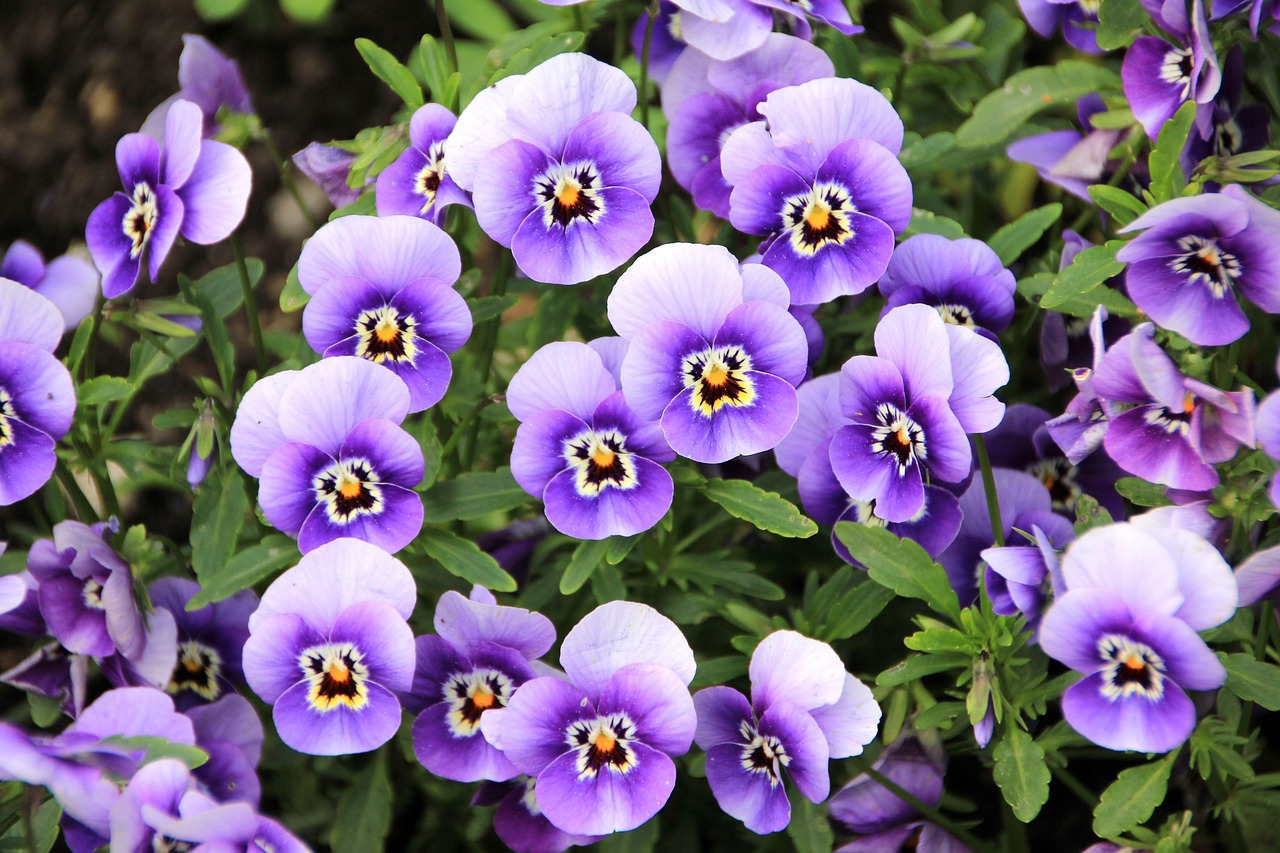
As summer’s riot of color begins to fade, nature offers one last burst of cheer: the humble yet vibrant pansy. These cool-weather flowers are more than just pretty faces. Pansies are garden champions that brighten up beds, containers, and window boxes well into the chilly days of fall.
But how do you keep them thriving from the moment they touch the soil until the first frost bites? This fall pansy care guide will walk you through everything you need to know—from selecting the right varieties to nurturing those bold little blooms until winter whispers its arrival.
Why Choose Pansies for Your Fall Garden?
There’s a reason you see pansies popping up in every fall container and front yard. These hardy flowers are built for the shoulder season.
What Makes Pansies Ideal for Fall?
- Cold-tolerant: Pansies thrive in cool temps and can survive light frosts.
- Long-blooming: Plant them early in the season and they’ll last for weeks.
- Rich in color: From deep purples to golden yellows, pansies bring fall to life.
- Easy care: With a few basic needs met, pansies are virtually fuss-free.
Picking the Right Pansies
Which Varieties Should You Plant in Fall?
Fall pansies come in an array of sizes and color palettes. Here are three popular types for autumn planting:
- Matrix Series: Compact plants with strong stems that resist stretching.
- Delta Series: Early bloomers with large, vibrant flowers.
- Cool Wave: A spreading variety perfect for containers and hanging baskets.
Choose colors that match your garden aesthetic or go bold with a mix of contrasting shades.
Where Should You Buy Pansies?
- Local nurseries often offer varieties already hardened to your climate.
- Garden centers typically stock pansies in late summer and early fall.
- Online shops are great if you’re looking for unique or heirloom varieties.
Planting Pansies in Fall
When Is the Best Time to Plant Pansies in Fall?
Aim to plant your pansies 6 to 8 weeks before the first expected frost. This gives them time to establish strong roots while the soil is still warm.
Check your USDA hardiness zone or local weather forecast to determine the best timing.
What Soil and Location Do Pansies Prefer?
- Soil: Moist, well-draining, and rich in organic matter.
- pH Level: Slightly acidic to neutral (6.0 to 7.0).
- Sunlight: Full sun to partial shade. In hotter zones, a little afternoon shade is beneficial.
How Do You Plant Them?
- Loosen the soil about 6 to 8 inches deep.
- Mix in compost or a balanced organic fertilizer.
- Space plants 6 to 10 inches apart to allow airflow.
- Water well after planting and mulch lightly to retain moisture.
Watering and Feeding Your Fall Pansies
How Often Should You Water Pansies?
Pansies prefer even moisture, so water them regularly, especially in dry spells. Here’s a quick breakdown:
- Newly planted: Water daily for the first week.
- Established plants: Water every 2-3 days or when the top inch of soil feels dry.
Avoid overhead watering if possible to reduce the risk of disease.
Do Pansies Need Fertilizer?
Yes, but in moderation.
- Use a balanced, water-soluble fertilizer (like 10-10-10) every two weeks.
- Stop fertilizing once temperatures dip consistently below 40°F.
Over-fertilizing can cause leafy growth at the expense of blooms, so don’t overdo it.
Keeping Pansies Blooming Until Frost
How Do You Prolong Blooms in Cooler Weather?
- Deadhead regularly: Remove spent blooms to encourage new ones.
- Mulch lightly: Use straw or shredded leaves to regulate soil temperature.
- Protect from sudden frost: If an early cold snap is forecasted, cover your pansies with fabric or a cloche overnight.
Can Pansies Survive the First Frost?
Yes! Light frosts won’t harm pansies, and they often continue blooming until a hard freeze sets in. If planted early and well cared for, pansies can even bounce back after frost.
In mild climates, they may overwinter and return in early spring.
Troubleshooting Common Pansy Problems
What Pests or Diseases Affect Fall Pansies?
Even hardy flowers face challenges. Here are a few to watch for:
- Aphids: Look for curled leaves and sticky residue.
- Slugs: Especially after rain. Use organic slug bait or traps.
- Root rot: Caused by poor drainage. Make sure soil isn’t too wet.
- Powdery mildew: Appears in humid conditions. Improve air circulation and avoid overhead watering.
Are There Organic Solutions?
Absolutely. Neem oil, insecticidal soap, and diatomaceous earth are all effective organic treatments. Companion planting with garlic or chives can also deter pests.
Pairing Pansies with Other Fall Plants
Want to create stunning seasonal displays?
Best Companion Plants for Pansies
- Ornamental kale or cabbage: Adds texture and color contrast.
- Dusty miller: Silvery foliage makes pansy colors pop.
- Snapdragons: Taller spires complement pansy mounds.
- Violas: A close cousin with smaller blooms that blend beautifully.
Final Thoughts: Why Pansies Deserve a Place in Your Autumn Garden
Pansies may be small, but they bring a big burst of joy just when gardens need it most. With their ability to brave chilly nights and their forgiving nature, they’re perfect for gardeners of all skill levels.
So as the leaves turn and summer fades, don’t let your garden go quiet. Plant a flat of pansies, and let these cheerful blooms carry your landscape into the colder months with color, charm, and grace.
